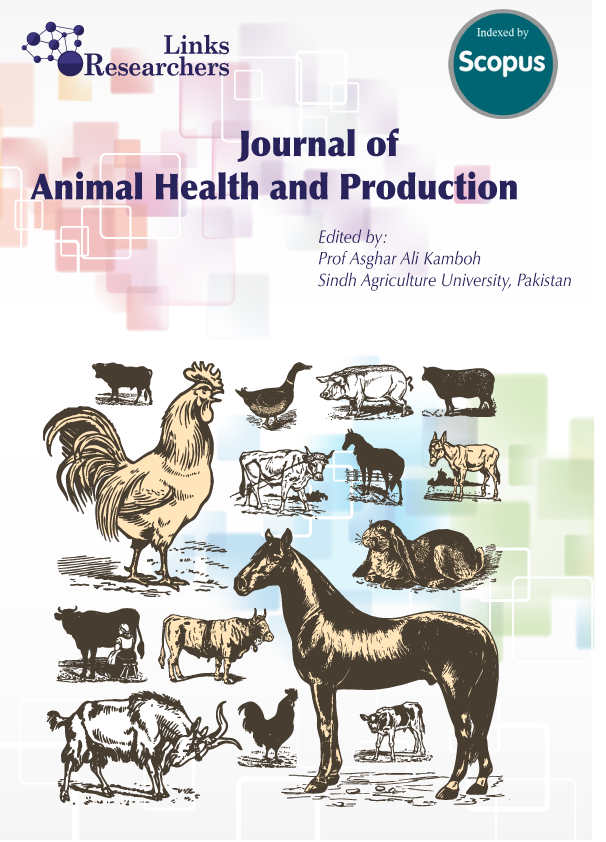Diversification of milk products is essential to increase milk consumption and prolong the shelf life of milk without losing its highly nutritious content. This study aims to understand the effect of different heating temperatures and acetic acid concentrations in curd-making as a basis for producing milk nuggets. A 3 x 3 factorial Completely Randomized Design was used, with heating temperatures of 75°C, 80°C, and 85°C, and acetic acid concentrations of 0.2 M, 0.4 M, and 0.6 M. Five parameters (amount of whey, yield, pH, texture, and whiteness index) were observed as physical characteristics of the curd. The results showed that the different heating temperatures only affected the yield produced. Meanwhile, the varying acetic acid concentrations affected all parameters except the pH value. The combination of 85°C heating temperature and 0.6 M acetic acid concentration produced the highest values in all parameters. In conclusion, adding 0.6 M acetic acid at an 85°C heating temperature may produce the best curd for milk nuggets. Future research should explore the sensory evaluation and shelf-life stability of milk nuggets produced from curds to ensure consumer acceptability and market potential.
Keywords | Curd, Milk nuggets, Temperature, Acetic acid, Concentration, Physical characteristics






